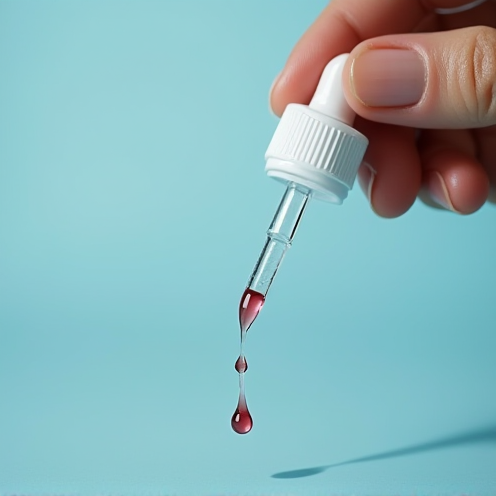Atropine 1% Eye Drop
Product Info
| Prescription required | Yes |
| Marketer | Pharmatak Opthalmics Pvt Ltd |
| Active Ingredient | Atropine (1% w/v) |
| Storage | Store below 30°C |
| Chemical Class | Natural Alkaloids |
| Habit Forming | No |
| Therapeutic Class | OPHTHAL |
| Action Class | Anticholinergics |
| User Rating | 4.9 |
| User Reviews | 787 |
FAQ
















Atropine 1% Eye Drop Reviews
Atropine 1% is for external use only. Use it in the dose and duration as directed by your doctor. Read the instructions carefully before using the medicine. Wash the hands thoroughly before and after using Atropine 1%. Doing so will help avoid the risk of any infection. Do not rub the eyes after instilling the medicine, as it can lead to redness or irritation. Continue the medicine until the prescribed course is complete.
This medicine may have some minor and temporary side effects such as blurry vision, photophobia, decreased tear production, stinging in the eyes, and high blood pressure. These episodes should start receding after a few doses. However, if these side effects persist or become bothersome for your child, report to the doctor without any delay.
Before you use this medicine, let your doctor know if you have a history of allergic reactions with any of the components of this product. Let your doctor also know about any medical conditions such as heart problems, blood disorders, airway obstruction, lung anomaly, gastrointestinal problems, skin disorders, liver impairment, or kidney malfunction. Pregnant and breastfeeding women should consult their doctor before using this medicine.
How Atropine 1% Eye Drop Works
How to Use Atropine 1% Eye Drop
Benefits of Atropine 1% Eye Drop
- In Treatment of Uveitis: The middle layer in the inner wall of the eye is called the uvea and any inflammation in this layer is called uveitis. This may cause sudden noticeable symptoms such as pain, redness, blurred vision, swelling etc. It may even occur after an eye procedure of surgery such as cataract surgery. Atropine 1% helps relieve these symptoms and improves eye health. It should be used as advised by the doctor to get the most benefit.
- In Cycloplegia: Cycloplegia is the temporary paralysis of the ciliary muscles in the eye, which are responsible for adjusting the lens shape to focus on objects at different distances, a process known as accommodation. When cycloplegia occurs, the eye loses its ability to accommodate or adjust its focus, resulting in a fixed state of focus typically set for distant vision. Atropine 1% helps induce cycloplegia, which makes it a valuable tool in various ophthalmic applications, ranging from accurate refraction assessments to the management of certain eye conditions and facilitating diagnostic and therapeutic procedures.
- In Treatment of Myopia: Myopia or nearsightedness is an eye disorder in which you have difficulty seeing distant objects but can see objects that are near clearly. Atropine 1% helps treat myopia by relaxing the muscles which enable the eyes to focus on distant objects. Use Atropine 1% as prescribed by your doctor.
Uses of Atropine 1% Eye Drop
- Treatment of Myopia
- Cycloplegia
- Treatment of Uveitis
Atropine 1% Eye Drop Side Effects

Safety Tips
Quick Tips
- Inform your doctor if you are pregnant, planning pregnancy, or breastfeeding.
- You may be asked for regular eye checkups before and during the treatment.
- Stop using medication or inform your doctor if you notice eye irritation, redness, swelling of the eyelids, and sensitivity to bright light.
- Generally, it is not advised to wear contact lenses but if you have to wear then wait for 15 minutes to reuse.
- Use it as suggested by the doctor.
- It may cause blurred vision. Do not drive or do anything that requires mental focus until you know how this medicine affects you.
References
- Atropine. Romford, Essex: Martindale Pharma; 1997 [6 Oct. 2016].
- Atropine Sulfate Ophthalmic Solution [Prescribing Information]. Lake forest, IL: Akorn, Inc.; 2014.
- Brown JH, Laiken N. Muscarinic Receptor Agonists and Antagonists. In: Brunton LL, Chabner BA, Knollmann BC, editors. Goodman & Gilman’s: The Pharmacological Basis of Therapeutics. 12th ed. New York, New York: McGraw-Hill Medical; 2011. pp. 225-30.
